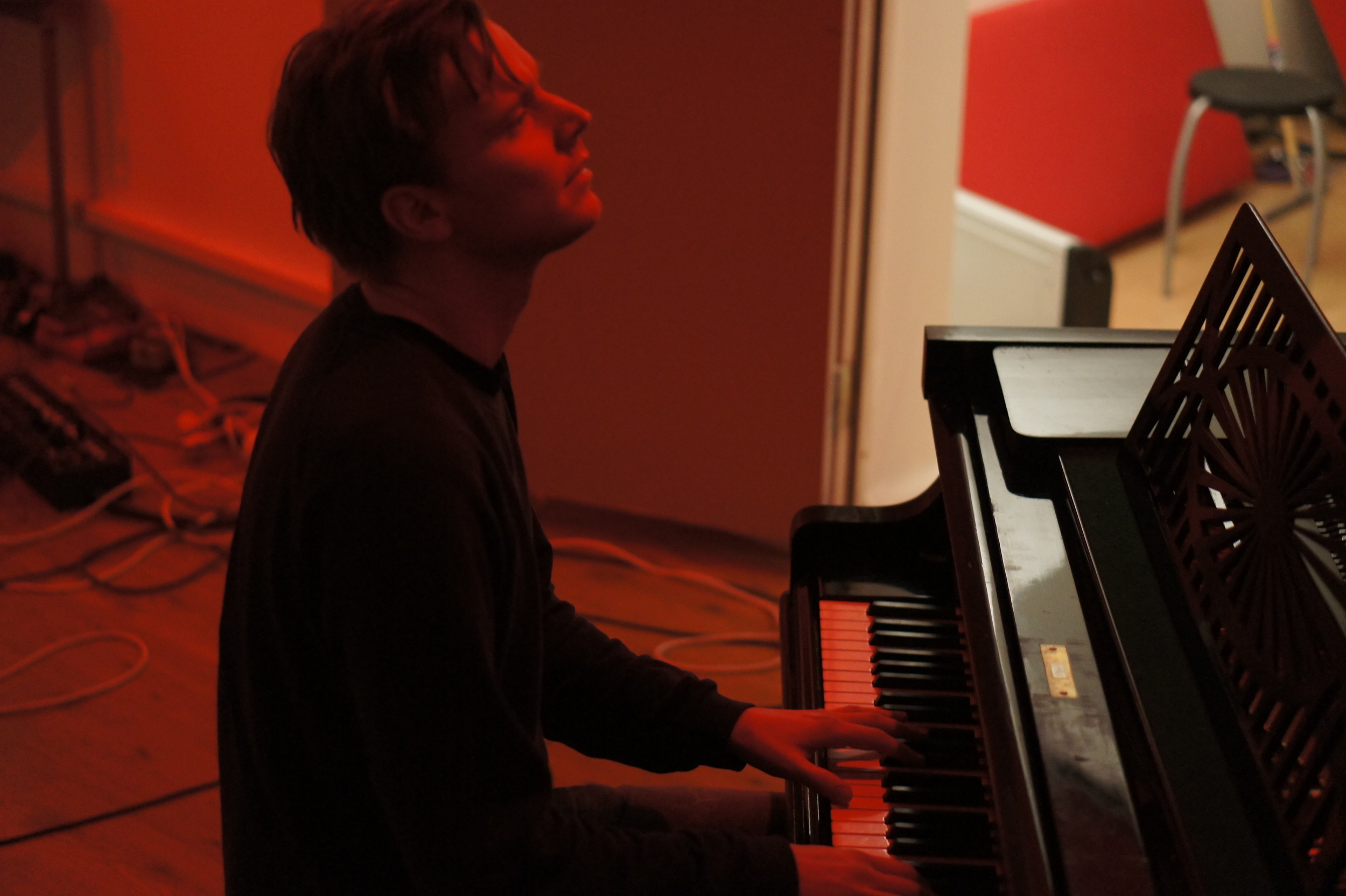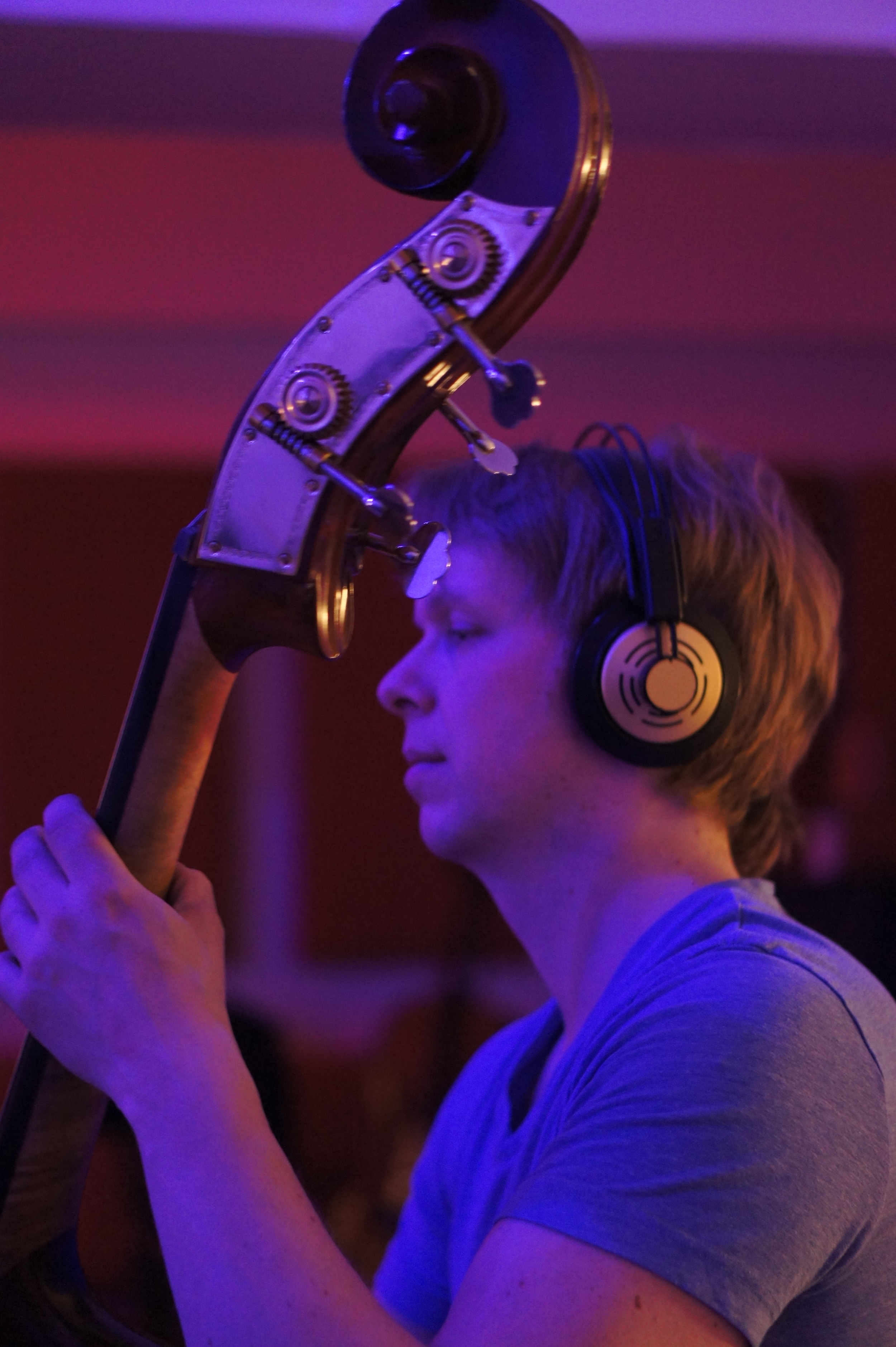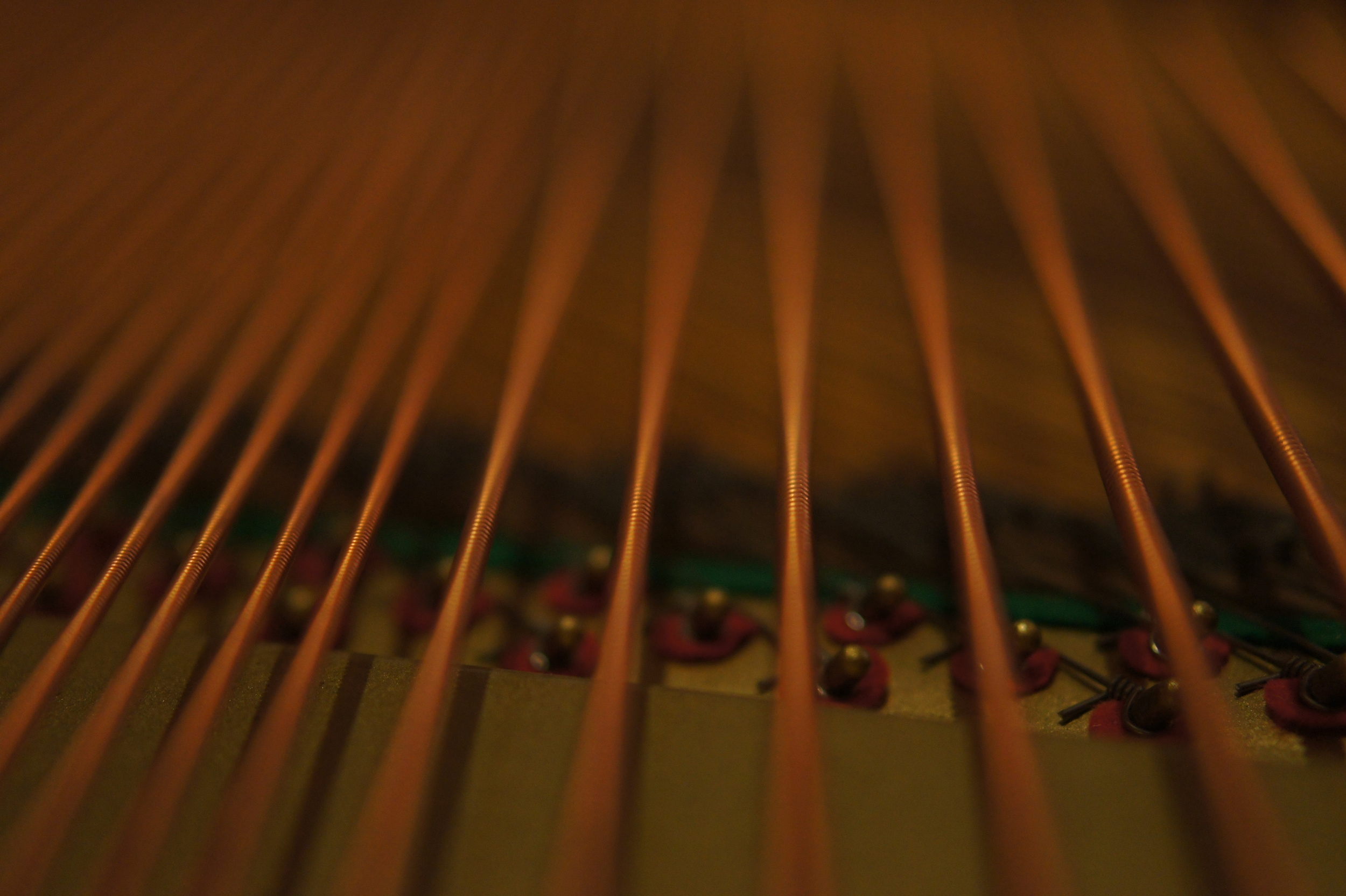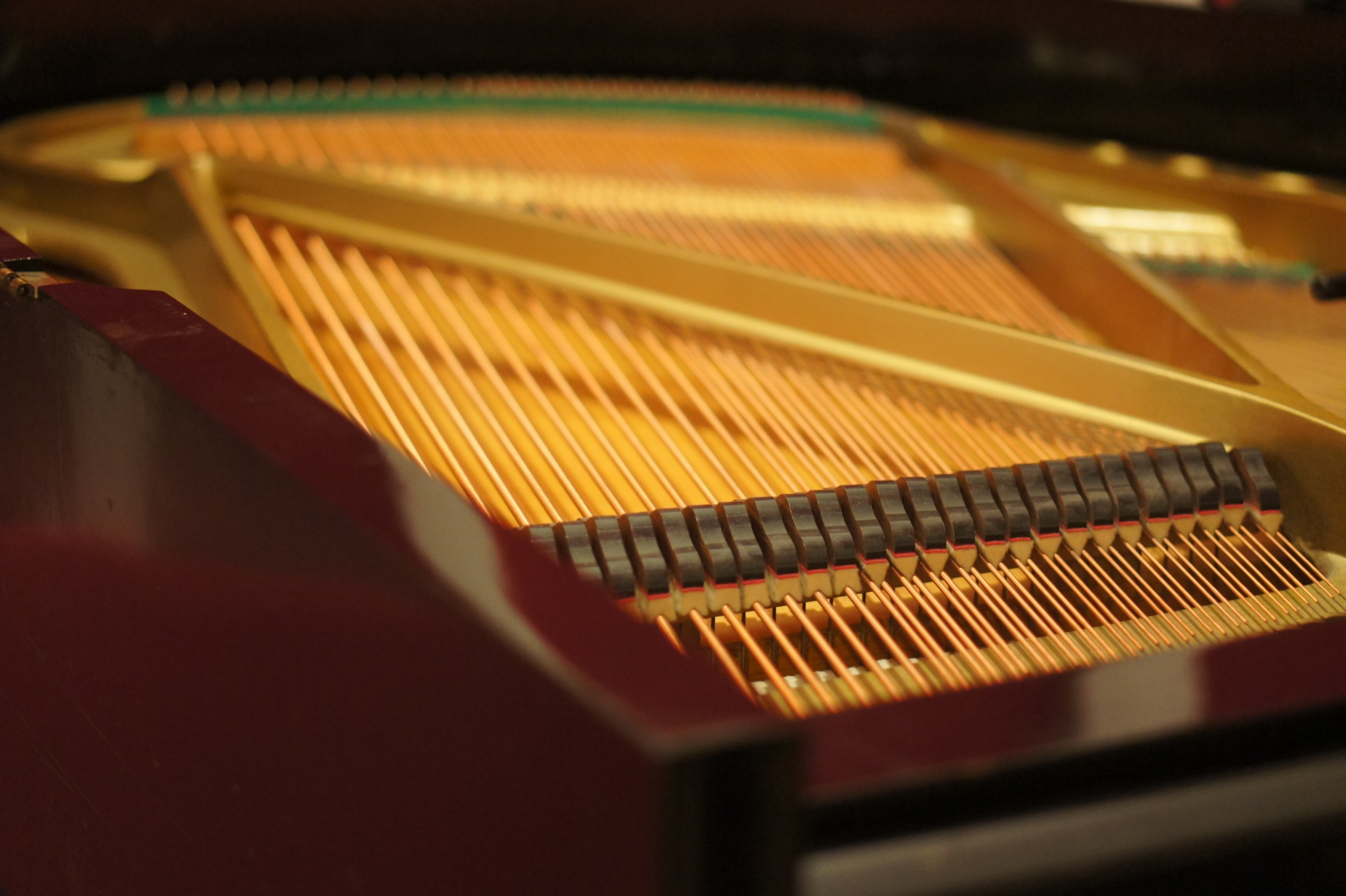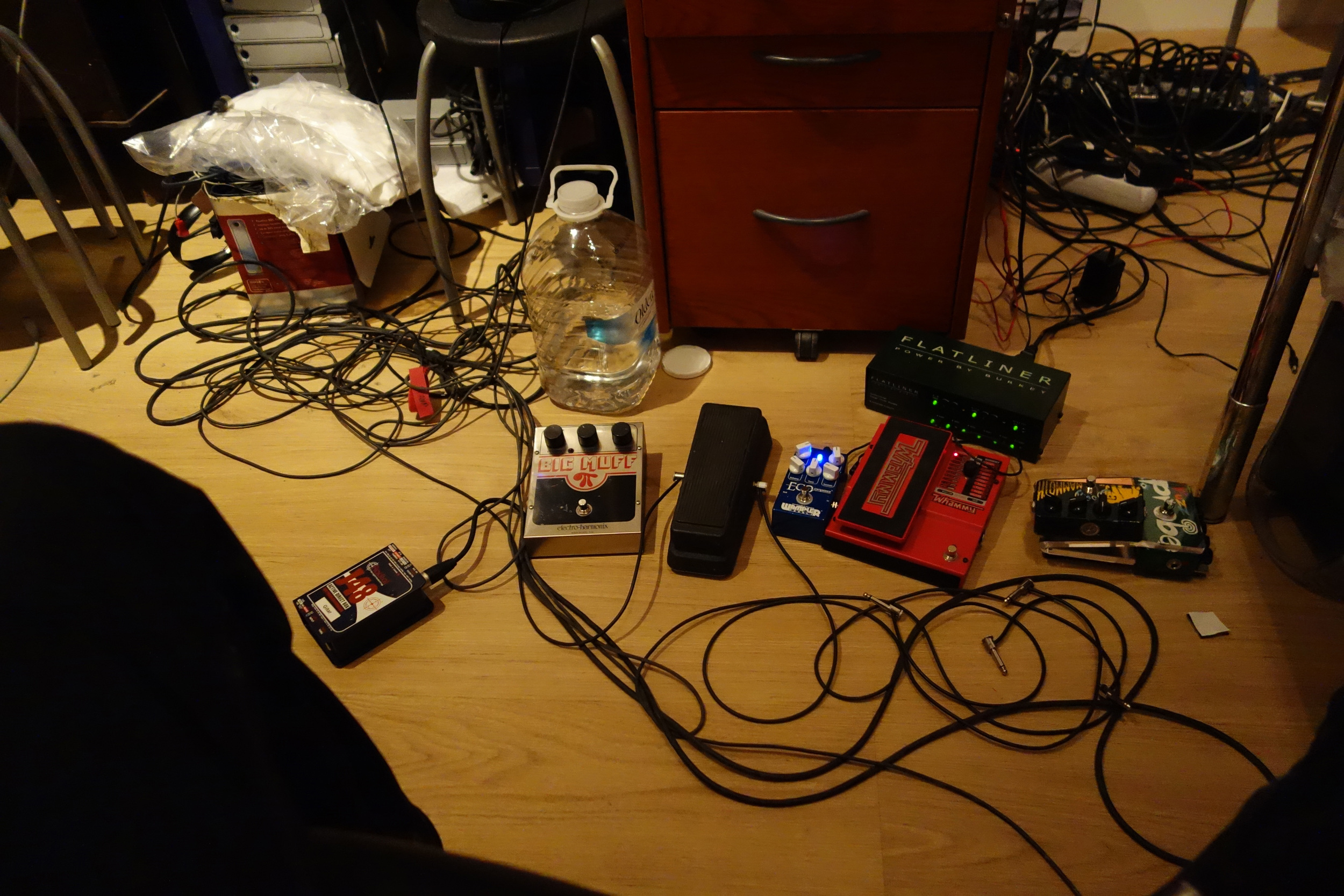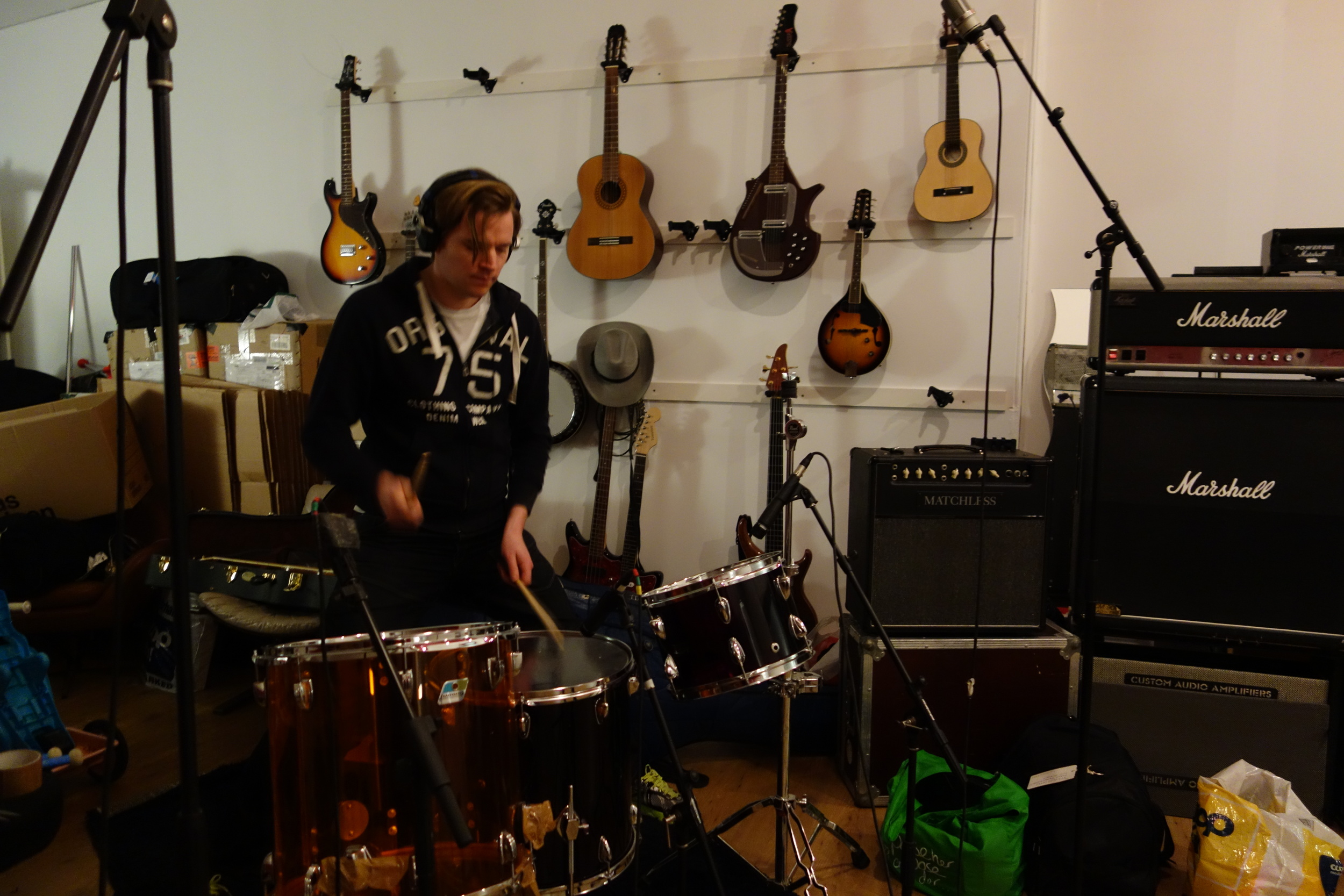With «Remember», I tried to put different classical (music) styles against modern vigorous styles, and push it pretty far.
The instrumentation is totally acoustic, with the exception of clean electric guitars. For instance, the aim was to get the arrangement to build up to an intensity level you’ll normally find with a hardcore band, and a symphonic orchestra, without using any distrortion or bowed instruments. This was just one of the goals with the song though.
The instrumentation can be divided into three sections. To clarify their roles I’ve uploaded some audio files, with these sections isolated.
1 Voices:
2 Stringed instruments: Grand Pianos, Guitars (acoustic and electric) & Upright Bass
These instruments play in a 4-beat, (which means half as many beats then what you hear on the record) I used various echoes to make the 8 pattern thats all over the song. I did it this way, in order to make it sound less frenetic, and to create a feeling of space and continuity.
(In an attempt to not repeat myself too much, feel free to read more about delay stuff in the blog: All Ends Here).
3 Percussion: Timpanis, Bass drums, Toms, African drums, Snares, Shakers, Tambourines and much more
All reverb comes from the recordings themselves, nothing was added, and no edits were made on these instruments, so youll truly find «the human element» here.
The Timpanis were particularly time consuming to record on this track, because of two things: there is a timpani beat on every note in the song, and I needed about; one and a half octaves of tuned timpanis, and they were recorded twice. Which means i needed 36 timpanis!
However, I only had three, so I had to tune them to 3 notes at a time, and play those notes through the whole arrangement (where those particular notes were). Then I had to retune them to three new notes, and do it over and over (and over) again.
Timpanis need special attention while tuning, and you need to tune them according to how hard you're going to hit them, and also according to their overtones. Because of these overtones, you also need to tune them to every chord or interval in the song. High notes require a small timpani and darker notes requires the opposite, so you need to tune random notes for the three drums. I also recorded them two times, because I wanted the sound of them, both in the hall, and in a drier studio environment. It took me about two weeks to complete them.
I also used seven microphones on each trio of timpanis, which summed up to 84 tracks. The rest of the drums (in these kind of productions) got the same treatment of course, and had, typically 5 microphones per instrument, so we’re talking about hundreds of tracks with percussion. In fact, all instruments got the same treatment, even the vocals. And on top of that, I had to play all instruments myself.
The sessions went pretty smooth though, and this was, by no means a particularly "big" session, in terms of track count or sum of instruments. Pretty common really.

